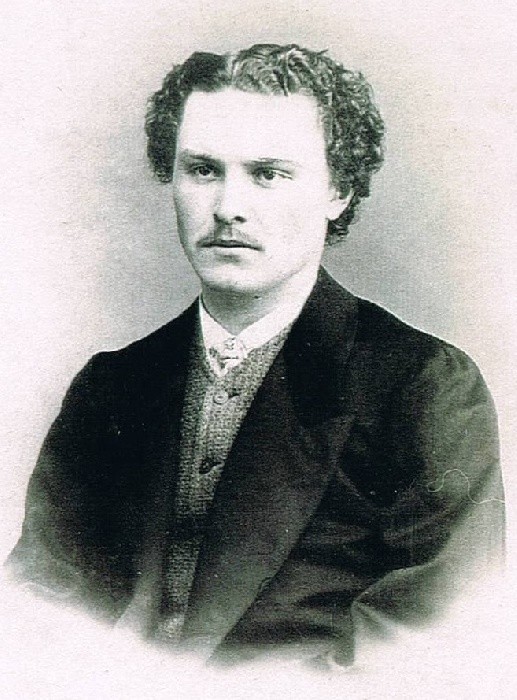The Tower Monster #7: A French Parallel July 21, 2015
Author: Beach Combing | in : Modern , trackbackThe following passage did not take place in London, nor indeed in Britain but it has been offered as a parallel to the Cylinder case. Certainly there are interesting points in common. The author, Owen, had taken the account from the Baron de Guldenstubbé, in Paris, 11 May, 1859.
In March of the year 1854, the Baron de Guldenstubbé was residing alone in apartments, at Number 23, Rue St. Lazare, Paris. On the 16th of that month, returning thither from an evening-party, after midnight, he retired to rest; but, finding himself unable to sleep, he lit a candle and began to read. Very soon his attention was drawn from the book by experiencing first one electric shock, then another, until the sensation was eight or ten times repeated. This greatly surprised him and effectually precluded all disposition to sleep: he rose, donned a warm dressing-gown, and lit a fire in the adjoining saloon. Returning a few minutes afterward, without a candle, in search of a pocket-handkerchief, to the bedroom, he observed, by light coming through the open door of the saloon, just before the chimney, (which was situated in a corner of the room, at the opposite diagonal from the entrance-door) what seemed like, a dim column of grayish vapor, slightly luminous. It attracted his notice for a moment; but, deeming it merely some effect of reflected light from the lamps in the courtyard, he thought no more of it, and re-entered the parlor.
This guy had some nerve if ‘he thought no more of it’ and, in fact, Owen notes the scientific like way in which the story was told.
After a time, as the fire burned badly, he returned to the bedchamber, to procure a fagot. This time the appearance in front of the fireplace arrested his attention. It reached nearly to the ceiling of the apartment, which was fully twelve feet high. Its color had changed from gray to blue, — that shade of blue which shows itself when spirits of wine are burned. It was also more distinctly marked, and somewhat more luminous, than at first. As the baron gazed at it, in some surprise, there gradually grew into sight, within it, the figure of a man. The outlines at first were vague, and the color blue, like the column, only of a darker shade. The baron looked upon it as a hallucination, but continued to examine it steadily from a distance of some thirteen or fourteen feet.
And now a figure emerges from this column.
Gradually the outlines of the figure became marked, the features began to assume exact form, and the whole to take the colors of the human flesh and dress. Finally there stood within the column, and reaching about half-way to the top, the figure of a tall, portly old man, with a fresh color, blue eyes, snow-white hair, thin white whiskers, but without beard or moustache; and dressed with some care. He seemed to wear a white cravat and long white waistcoat, high stiff shirt-collar, and a long black frock-coat, thrown back from his chest, as is the wont of corpulent people like him in hot weather. He appeared to lean on a heavy white cane. After a few minutes, the figure detached itself from the column and advanced, seeming to float slowly through the room, till within about three feet of its wondering occupant. There it stopped, put up its hand, as in form of salutation, and slightly bowed.
The account goes on and the ghost turns out to be the old father of the house, who had died some time before. He also enters the Baron’s dream. Any thoughts on this parallel: drbeachcombing AT yahoo DOT com



